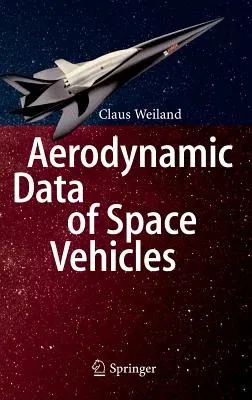The capacity and quality of the atmospheric flight performance of space
flight vehicles is characterized by their aerodynamic data bases. A
complete aerodynamic data base would encompass the coefficients of the
static longitudinal and lateral motions and the related dynamic
coefficients.
In this book the aerodynamics of 27 vehicles are considered. Only a few
of them did really fly. Therefore the aerodynamic data bases are often
not complete, in particular when the projects or programs were more or
less abruptly stopped, often due to political decisions. Configurational
design studies or the development of demonstrators
usually happen with reduced or incomplete aerodynamic data sets.
Therefore some data sets base just on the application of one of the
following tools: semi-empirical design methods, wind tunnel tests,
numerical simulations. In so far a high percentage of the data presented
is incomplete and would have to be verified.
Flight mechanics needs the aerodynamic coefficients as function of a lot
of variables. The allocation of the aerodynamic coefficients for a
particular flight operation at a specific trajectory point is conducted
by an aerodynamic model. The establishment of such models is described
in this book.
This book is written for graduate and doctoral students to give them
insight into the aerodynamics of the various flight configurations.
Further for design and development engineers in industry and at research
institutes (including universities) searching for an appropriate vehicle
shape, as well as for non-specialists, who may be interested in
this subject. The book will be helpful, too, in the case that system
studies require in their concept phases the selection of suitable
vehicle shapes.

